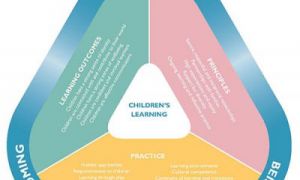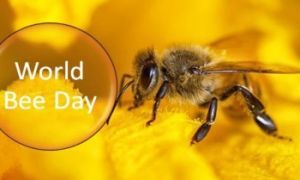ANZAC Day is commemorated on 25th April and is one of the most important national commemorative occasions in Australia, marking the anniversary of the first major military action fought by Australian and New Zealand armed forces during World War One. Learning about ANZAC Day helps young children to understand the life and times of Australia and its people. The ceremony and traditions are such an integral part of our culture that it gives us an opportunity to talk to children about the importance of ANZAC Day.
Teaching Children About ANZAC Day
ANZAC Day is an extremely significant day for Australians, who all recognise the importance of commemorating soldiers and, at the same time, promoting peace. Children, with their astute awareness of the world around them, will recognize that Anzac Day is significant, but many of us wonder how to appropriately explain the importance behind it. Therefore, here are some strategies you can use to make it easier to teach children about ANZAC Day. The key is to keep it simple:
- Focus on the collective pride of the country.
- Talk about the freedom we have to feel safe because of their sacrifice.
- Talk about caring for each other and the world as a whole.
- Bake some ANZAC treats.
- Plant a Rosemary bush.
- Let them ask the questions, be open to their ideas on what they think it was about and guide them gently to the truth.
- Have a moment of silence in honour of those who fought so hard for our freedom, holding hands as a unity.
- Visuals are a great tool. There are a lot of books and visual resources available with children in mind to explain war and related themes.
- Do some Anzac craft - some simple painting of poppies is a lovely way to extend on learning - NOTE - even though the poppy is traditionally associated with remembrance day on Nov 11th it is now a symbol that is being used on other days like ANZAC as a symbol of sacrifice and remembrance. The gesture is linked to the red poppies that were the first plants to bloom in the post-war battlefields of World War 1 in France and Belgium. It was believed in soldier folklore that the red was the blood of the soldiers who lost their lives (source: The Australian War Memorial).
- Bake some damper - a great way to demonstrate to kids how bread might have been baked during war times, both at home and afield. Its a token activity but simple activities work best in conveying information and concepts to children.
- Read some Anzac Books - Share a book. A book about Anzac Day that is specifically aimed at children may make it easier for both of you to start a conversation. Read the story and have a chat afterwards. Ask what they think it all means and don’t forget to ask if they have any questions. With the recent Centenary commemorations, there are plenty of books about the First World War for children. If you’re not sure where to start, ask your local library for some suggestions.
- Touch upon the idea that sometimes people don’t always get along, and what can happen because of this. Don’t discuss wars as a consequence of people not getting along, but rather on scenarios that young children will be able to better relate to, like feeling bad because of a fight or having no one to play with. You could also ask children how they feel when someone they love is not close by, which in later childhood can pave the way for discussions about soldiers being away from home and how they and their families felt. You should also focus on peace and harmony and how a close-knit society has rules that make sure everyone is getting along.
- Hold your own commemoration - If you feel that it may be too overwhelming for your children to attend a public service, you could hold your own ceremony, including a minute’s silence. This roleplay would help to prepare your children for attending in the future, including what behaviour is expected of them.
- Children learn best through hands-on learning. When teaching them about Anzac Day, it may be helpful to give them things which they can touch like medals and flags and photographs which will engage their interest and connection with the information that they’re being given.
- Give children more concrete information about ANZAC – what it means and how soldiers and the military work very hard to make sure everyone in Australia is safe. Stress upon why we should be grateful and respectful to our brave soldiers. Speak about how everyone is welcome into Australia, provided they follow our rules to ensure that everyone lives happily and safely together.
- Hold your own commemoration, including a minute’s silence. This roleplay would help to prepare your children for attending in the future, including what behaviour is expected of them.
Discussing ANZAC Day with children ensures that stories about Australia’s heroes and history are passed down to younger generations at a time when they are actively interested and engaged. Through discussing the history behind Anzac Day, young children come to better understand the value and need for peace. It also enhances their understanding of space (through discussing other countries), culture and identity. If children don’t understand everything this year, that’s fine – it’s a big concept to get your head around. Keep up the traditions and conversations and each year they will understand more.
References:
Tips For Explaining ANZAC Day To Toddlers, Brisbane Kids Australia
ANZAC Day Activities With Kids - Building Memories, Brisbane Kids Australia
ANZAC Day, Aurora Early Education Australia
Explaining ANZAC Day To Young Children, Kath Dickson Family Centre
ANZAC Day Activities For Kids, Families Magazine Australia


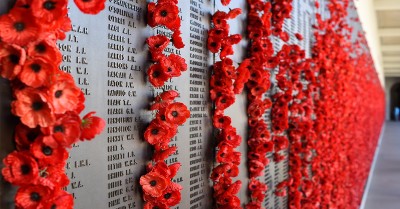
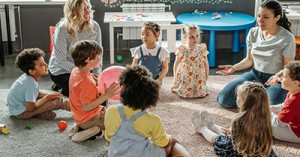
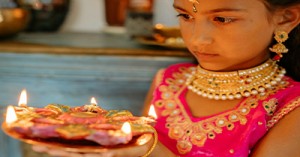
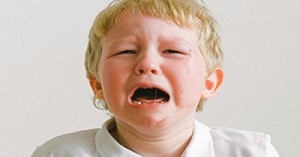
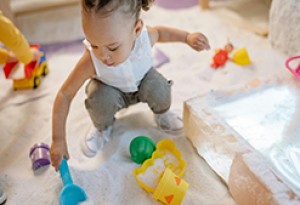
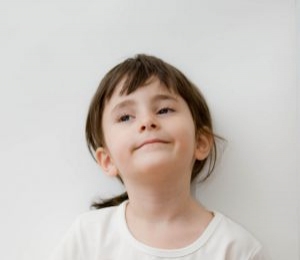 Open ended questions cannot be responded to with one word answers such as yes or no. These types of questions enables a child to provide
Open ended questions cannot be responded to with one word answers such as yes or no. These types of questions enables a child to provide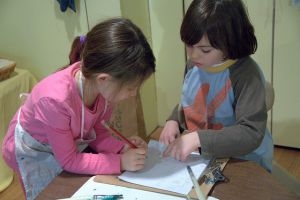 During your child’s preschool years, an important milestone begins to emerge. This is the development of pre-writing skills. Pre-writing skills are used to encourage, develop
During your child’s preschool years, an important milestone begins to emerge. This is the development of pre-writing skills. Pre-writing skills are used to encourage, develop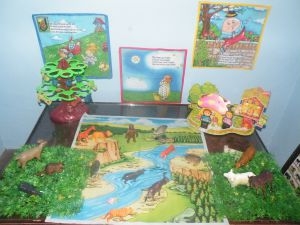 Open ended materials enables children to play freely. They are objects that have no rules to follow, use or function. Raw materials that can be
Open ended materials enables children to play freely. They are objects that have no rules to follow, use or function. Raw materials that can be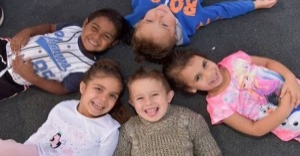 An Acknowledgment of the Country is a way of showing respect for the Traditional Owners and can be given by both non-Indigenous people and Aboriginal
An Acknowledgment of the Country is a way of showing respect for the Traditional Owners and can be given by both non-Indigenous people and Aboriginal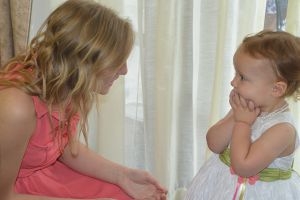 Language plays an important role in a child’s development. It enables a child to communicate effectively with their family, learn at school, socialize with friends,
Language plays an important role in a child’s development. It enables a child to communicate effectively with their family, learn at school, socialize with friends,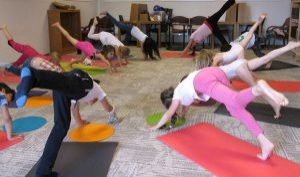 Like adults, children have to deal with their own stress in life. Moving house, starting a new school, preparing for a new sibling - these are
Like adults, children have to deal with their own stress in life. Moving house, starting a new school, preparing for a new sibling - these are Playdough is such a versatile material. It provides numerous benefits to children as they manipulate it, it is safe and soothing and provides children with
Playdough is such a versatile material. It provides numerous benefits to children as they manipulate it, it is safe and soothing and provides children with Teaching children about sustainability enables them to appreciate and respect the natural environment. Early childhood services can provide meaningful hand on learning experiences in order
Teaching children about sustainability enables them to appreciate and respect the natural environment. Early childhood services can provide meaningful hand on learning experiences in order Recycling is an important concept that teaches children to care for the environment. It encourages children to be responsible and show a growing appreciating for
Recycling is an important concept that teaches children to care for the environment. It encourages children to be responsible and show a growing appreciating for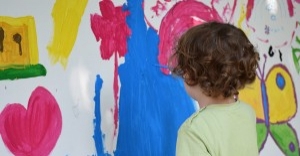 When children apply paint to paper, glue things together, or pound a lump of clay, they experiment with colour, shape design and texture.
When children apply paint to paper, glue things together, or pound a lump of clay, they experiment with colour, shape design and texture.
